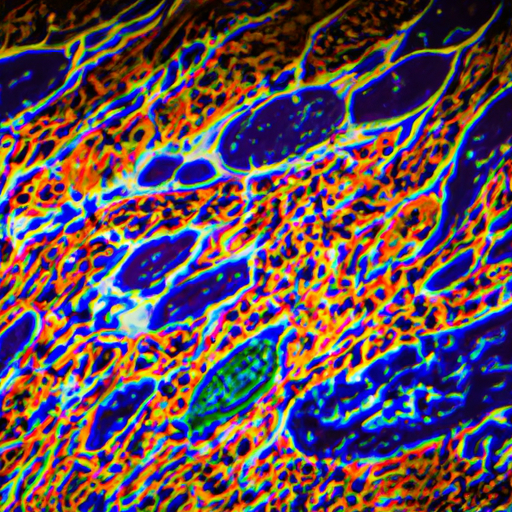Introduction
Immunohistochemistry (IHC) is a powerful technique used in the field of pathology to detect specific proteins or antigens in tissue samples. It combines the principles of immunology and histology to provide valuable insights into the localization and distribution of target molecules within cells and tissues. In this comprehensive guide, we will delve into the principle of immunohistochemistry and explore its applications in various research and diagnostic settings.
The Principle of Immunohistochemistry
The principle of immunohistochemistry revolves around the use of specific antibodies that can recognize and bind to target antigens present in tissue sections. These antibodies are typically produced by immunizing animals with the purified antigen or recombinant protein of interest. Once generated, these antibodies can be used to detect the presence and localization of the target antigen in tissue samples.
The process of immunohistochemistry involves several key steps:
1. Fixation: Tissue samples are first fixed using chemical agents to preserve their structure and prevent degradation. Common fixatives include formalin and paraformaldehyde.
2. Antigen Retrieval: In some cases, antigens may become masked or inaccessible during the fixation process. Antigen retrieval techniques, such as heat-induced epitope retrieval or enzymatic digestion, are employed to unmask the antigens and enhance their detection.
3. Blocking: To minimize non-specific binding, tissue sections are treated with blocking agents, such as serum or protein-based solutions. This step helps to prevent the antibodies from binding to irrelevant proteins or structures.
4. Primary Antibody Incubation: The tissue sections are then incubated with the primary antibody, which specifically recognizes the target antigen. The primary antibody is allowed to bind to its target antigen within the tissue.
5. Secondary Antibody Incubation: After washing away any unbound primary antibodies, a secondary antibody is added. This secondary antibody is conjugated to a detection molecule, such as an enzyme or a fluorescent dye. It binds specifically to the primary antibody, amplifying the signal and allowing for visualization of the target antigen.
6. Signal Detection: Depending on the detection molecule used, different methods can be employed to visualize the target antigen. Enzyme-based detection systems often involve the addition of a chromogenic substrate, which produces a visible color change upon enzymatic reaction. Fluorescent detection systems, on the other hand, require the use of a fluorescence microscope to visualize the emitted light.
7. Counterstaining and Mounting: To provide contrast and enhance visualization, tissue sections are often counterstained with dyes, such as hematoxylin or eosin. After counterstaining, the sections are mounted onto glass slides for examination under a microscope.
Applications of Immunohistochemistry
Immunohistochemistry has a wide range of applications in both research and clinical settings. Some of the key applications include:
1. Cancer Diagnosis and Prognosis: Immunohistochemistry plays a crucial role in the diagnosis and classification of various cancers. It helps pathologists identify specific biomarkers that can aid in determining the tumor type, stage, and prognosis. For example, the expression of hormone receptors in breast cancer can guide treatment decisions.
2. Biomarker Discovery: By studying the expression patterns of specific proteins in diseased tissues, immunohistochemistry can contribute to the discovery of novel biomarkers. These biomarkers can be used for early detection, monitoring disease progression, and evaluating treatment response.
3. Research in Developmental Biology: Immunohistochemistry allows researchers to study the spatial and temporal expression patterns of proteins during embryonic development. This information is crucial for understanding the mechanisms underlying organogenesis and tissue differentiation.
4. Neuroscience Research: Immunohistochemistry is widely used in neuroscience to study the distribution and localization of neurotransmitters, receptors, and other proteins in the brain. It helps researchers unravel the complex circuitry and functional organization of the nervous system.
5. Infectious Disease Diagnosis: Immunohistochemistry can aid in the diagnosis of infectious diseases by detecting specific pathogens or their antigens in tissue samples. This information is valuable for guiding appropriate treatment strategies.
In conclusion, immunohistochemistry is a powerful technique that allows for the detection and localization of specific proteins or antigens within tissue samples. By harnessing the principles of immunology and histology, this technique has revolutionized the field of pathology and has numerous applications in research and clinical settings. Understanding the principle of immunohistochemistry is essential for scientists and clinicians alike, as it provides valuable insights into the molecular characteristics of tissues and diseases.




